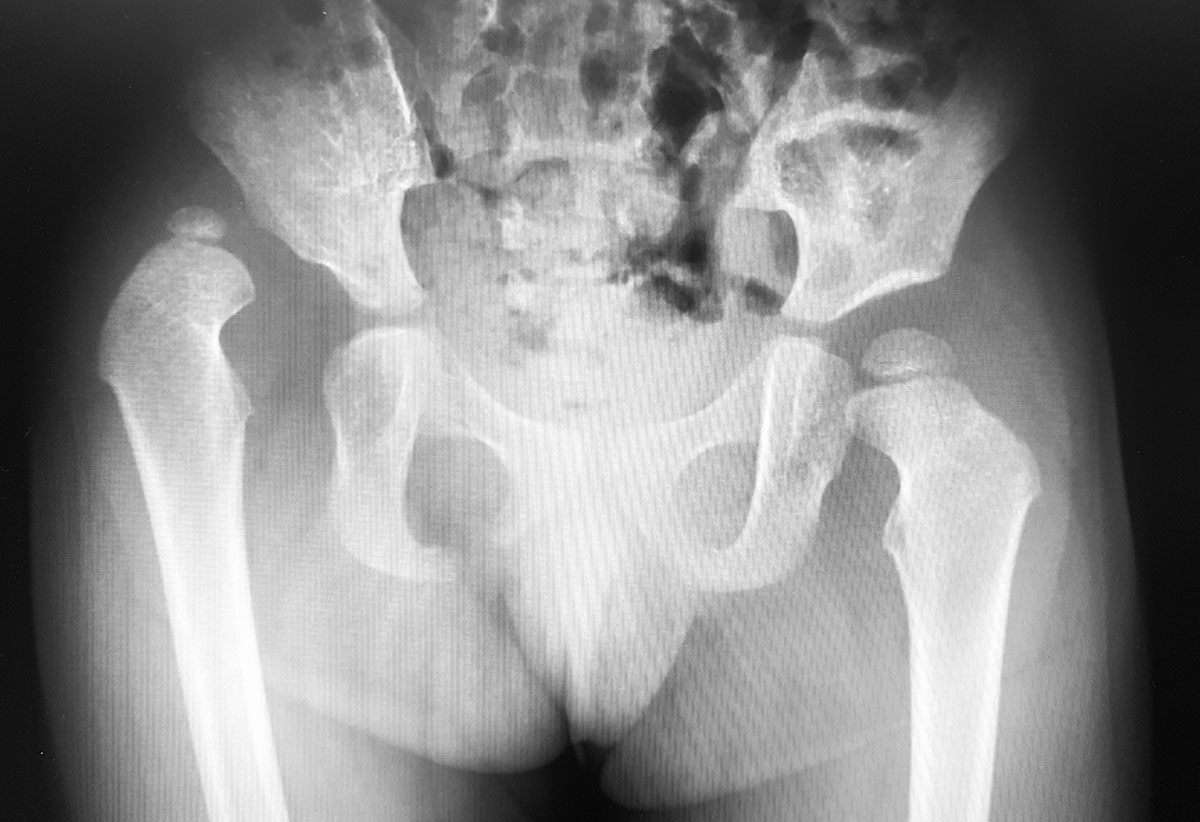
Hip dysplasia

Overview
Hip dysplasia is a medical condition in which the socket of the hip does not completely cover the head of the upper thigh bone. This can partially or entirely dislocate the hip joint. Hip dysplasia is usually a congenital disease.
The condition of hip dysplasia is examined by doctors as soon as the baby is born or during follow up visits. If the illness is detected and diagnosed in the early days, soft braces are used to treat the condition.
In mild condition of hip dysplasia, the symptoms will not arise until the patient reaches teens or young adults. The condition can cause destructions to the cartilage that lines the hip joint, while it can also damage the soft cartilage or labrum, which is around the edge of the socket of the hip joint. This damage is known as a hip labral tear.
Symptoms
Hip dysplasia patient will develop different symptoms according to their age group. Infant patient may experience unequal leg length. When start walking, a limp may be noticed. Aside from a limp during movements, an uncomfortable hip movement could be seen when changing diaper.
Teenager or young adults can encounter a painful sensation from hip dysplasia, which is commonly caused by osteoarthritis or hip labral tear. If these occur, regular movement of the groin area will cause pain. In some occasions instabilities of the hip can be perceived.
Causes
The hip joint is a ball-and-socket joint that connects the thigh bone to the pelvis. In the case of hip dysplasia, the alignment of the thighbone and the pelvis does not align properly.
During later stages of pregnancy, the womb is being congested by the size or the baby’s position therefore it puts a direct force against the hip joint.
Risk factors
Hip dysplasia is often found as a genetic disorder, more commonly affecting female than male. Babies who are born in breech position or wrapped position is at higher risk of developing hip dysplasia.























